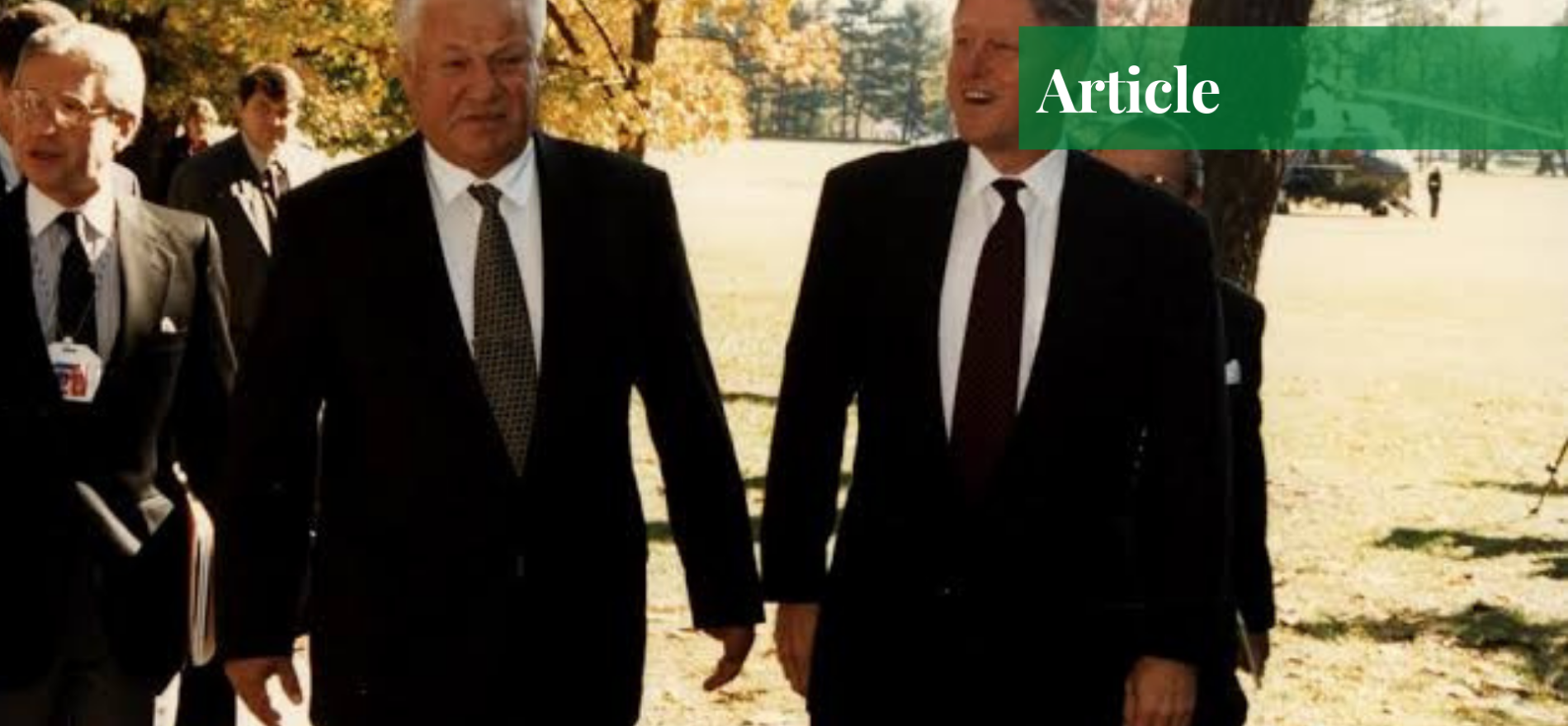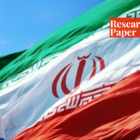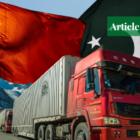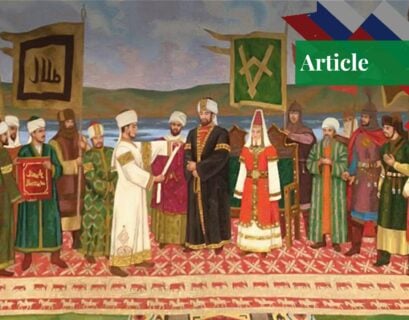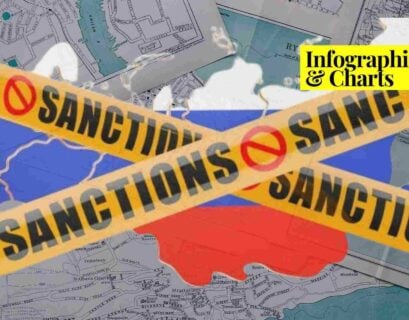Ms Mahnoor Nafees is a student of BS International Relations at the University of Management and Technology.
The Russian relations with the US have seen no steady path since Russia’s emergence on the world map. The two states have remained at loggerheads with each other throughout most of their history. The main point of dispute can be attributed to the ideological difference between the two states. When on one hand, the US pursues and advocates a democratic political system with a capitalist economic model, on the other, Russia follows the economic model of communism and pursues an authoritarian regime.
This ideological difference, during the Cold War, has taken the US and USSR (Russia, after 1991) to the brink of a full-blown war many times since the 1950s. Some of the instances of heated relations include the Korean War, the Vietnam War, and the Cuban Missile Crisis. The hostile relations of the Cold War, which held grounds in the ideological differences, saw a change after 1990. The long-drawn war was now over and the world was dominated by the sole superpower—the US.
US-Russia Relations in Yeltsin’s Era (1991-2000)
After the end of the Cold War and the subsequent dismantling of the USSR in 1991, a ray of hope emerged which hinted at the normalization of Russian relations with the US. This hope was the result of Russian President Boris Yeltsin’s tilt towards the democratization of the country. President Yeltsin envisaged Russia with western-style democratic institutions and a free market economy and changed the course of US-Russia relations in the post-Cold War era.
This tilt also led the then-American president, Bill Clinton, to collude with Yeltsin to ensure his success in the 1996 Russian elections. As a result, Yeltsin won the elections and the relations continued on a steady path. US-Russia relations in the post-Cold War era did not only revolve around Yeltsin’s increasing acceptance of democracy and its institutions but also entailed different aspects of global and national security politics.
Both the United States and Russia were aware of the dangers of possible nuclear confrontation and the US specifically, wanted to create an international environment conducive to peace and its national interests. The shift towards the creation of a peaceful environment was evident by the ratification of the START II (Strategic Arms Limitation Treaty) by the US in 1996.
Additionally, the Moscow Summit of 1996 and 1998 and the Helsinki Accords of 1997, all addressed the issues related to nuclear weapons, their production, protection, and limitation. This portrayed the willingness of both sides to cooperate in terms of creating a peaceful and secure world environment.
Another of the factors that led to the eased relations after Soviet disintegration was Russia’s economic weaknesses. Russia had lost its economic and political strength and was unable to sustain the competition with the US. Furthermore, Mikhail Gorbachev’s policies of Glasnost (openness) and Perestroika (restructuring) had already introduced a somewhat deformed system of free-market economics and democratization.
Yeltsin mainly went forward with further democratization of institutions, eased restrictions on media and criticism, eliminated price control mechanisms, and introduced private property ownership. The US, along with Western Europe, welcomed these reforms open-heartedly and saw this as a shifting of Russian ideology from communism to capitalism and democracy.
Furthermore, during Yeltsin’s era, the US also tried to engage and involve Russia in international organizations. Russia formally established relations with the North Atlantic Treaty Organization (NATO) in 1997 under NATO-Russia Founding Act. The act envisaged that NATO, the United States, and Russia no longer consider each other as adversaries and now would cooperate with each other for the sake of peace and security in the region.
Russia also established friendly and cordial relations with the European Union (EU). Its relations with the EU were mainly of economic and commercial nature. Despite formal and cordial relations with the Western bloc, Russia has had apprehensions about the increasing Western domination in its sphere of influence.
Russia’s apprehensions and claims to a sphere of influence integral to its national security and the US’s subsequent denial of this once again bore the seeds of distrust and suspicion between the two. Furthermore, Vladimir Putin’s emergence to power as an anti-Yeltsin and radical reformist has further complicated Russian relations with the US. The major factors contributing to this rivalry in the contemporary era are discussed below.
The Relations between the United States and Russia in Putin’s Era (2000 Onwards)
The former KGB officer, Vladimir Putin, has stayed in power from 1999 till today, switching between the posts of president and prime minister. Putin first came into power in 1999 when Yeltsin chose him as his prime minister. He formally assumed the role of president in 2000 after a clear victory in elections.
Unlike Yeltsin, Putin has pursued hardline policies to restore peace and stability in Russia’s domestic sphere. He has once again taken Russia away from the democratic norms, has restricted media, leashed the oligarchs, and strengthened his control. These reforms have helped him grow his domestic status but have also led to increased suspicion of the Western world about his aims and goals. He majorly pursued two broad goals for Russia—restoring Russia’s lost integrity and global power status and stabilizing the internal political and economic landscape.
Initially, Putin continued on the road of his predecessor in building cordial relations with the Western world and its neighbors. He was the first leader to call President Bush after the 9/11 attacks and assured his cooperation in the War on Terror. Putin viewed these advancements as possibilities of increased cooperation between the United States and Russia in the future.
However, soon bilateral relations between the United States and Russia started going downhill. This was, in part, because of the US’s complete disregard for Russia’s national security objectives and its acclaimed sphere of influence. The first event that initiated this downward trajectory was America’s withdrawal from the Anti-Ballistic Missile Treaty in 2002. Additionally, the American intervention in Iraq—which Putin was against—and the color revolutions in Central Asia—which Russia viewed as its sphere of influence—further distanced the United States and Russia.
Russia feared growing American adventurism and considered it a potential threat to its interests and sphere of influence. On the other hand, Russian interference in Georgia and Ukraine raised doubts in the US and Western bloc about Russia’s changing and assertive policies. Increasing fears on both sides have culminated in strained US-Russia relations in the post-Cold War era. The tensions between to a degree that many compare to those of the Cold War.
The expansion of NATO and the EU, the increasing American adventurism, and Russia’s quest to safeguard its sphere of influence festered Russian relations with the US. NATO and Russia, despite cordial relations in the 1990s, have deep-rooted suspicions about each other’s ultimate aims and goals. President Bill Clinton, during his tenure, agreed to limit NATO’s expansion but in 2004 three Russian neighbors – Estonia, Latvia, and Lithuania – joined NATO and the EU.
This furthered Russian fears of increasing American presence on its borders and led it to have an assertive and strong stance to consolidate its international standing. Furthermore, American adventurism and its ability and willingness to intervene in states and topple regimes also aggravated the situation. Russia feared that this American adventurism to promote democracy, which had already zeroed in on Iraq and Libya, would ultimately make Russia its next target. Additionally, American denial of the Russian sphere of influence confirmed these fears.
Russian relations with the US hit rock-bottom after the 2014 Crimean crisis and the subsequent annexation of Crimea by Russia. The US issued a strong condemnation of the action and called it an attack on the democratic institution and norms. The US and The EU imposed sanctions and NATO suspended all practical ties with Russia. Resultantly, the Western bloc and Russia once again assumed the positions of strategic rivals.
US-Russia Relations in the Contemporary Era
Russian relations with the US in the contemporary era are marked by heavy differences. Both sides have once again acknowledged each other as potential adversaries and rivals. Though Russia is not at par with the US, militarily and economically, it is still capable of maintaining its international posture. It is doing so by going against American interests in the Middle East by supporting Bashar al-Assad in Syria and establishing close ties with China, which the US views as another major adversary.
Additionally, Russian cyber intervention in the 2016 and 2020 American elections has also enhanced suspicions and mistrust between both states. Investigations have shown clear shreds of evidence of cyber-attacks from Russia on the election machines of the US.
This rivalry can result in an arms race and nuclear proliferation once again in the global arena. The recent extension of the New START treaty and the Biden-Putin meeting in Geneva, Switzerland has given some hope of joint actions on nuclear programs but no substantial outcome has been achieved.
Conclusion
The US and Russia have long-drawn and profound insecurities that date back to the 1950s. Regime changes and periods of relative stability have done little to nullify these deep-rooted insecurities and suspicions. Long-term stability and peace are not possible until the US and Russia accept each other’s sovereign rights and comply with provisions of the UN Charter and other international organizations for mutual growth and benefit. Currently, no significant policy change is expected from the Biden regime and Putin has ensured his leadership till 2036. What course of action future events will take is yet to be seen.
If you want to submit your articles and/or research papers, please check the Submissions page.
The views and opinions expressed in this article/paper are the author’s own and do not necessarily reflect the editorial position of Paradigm Shift.
